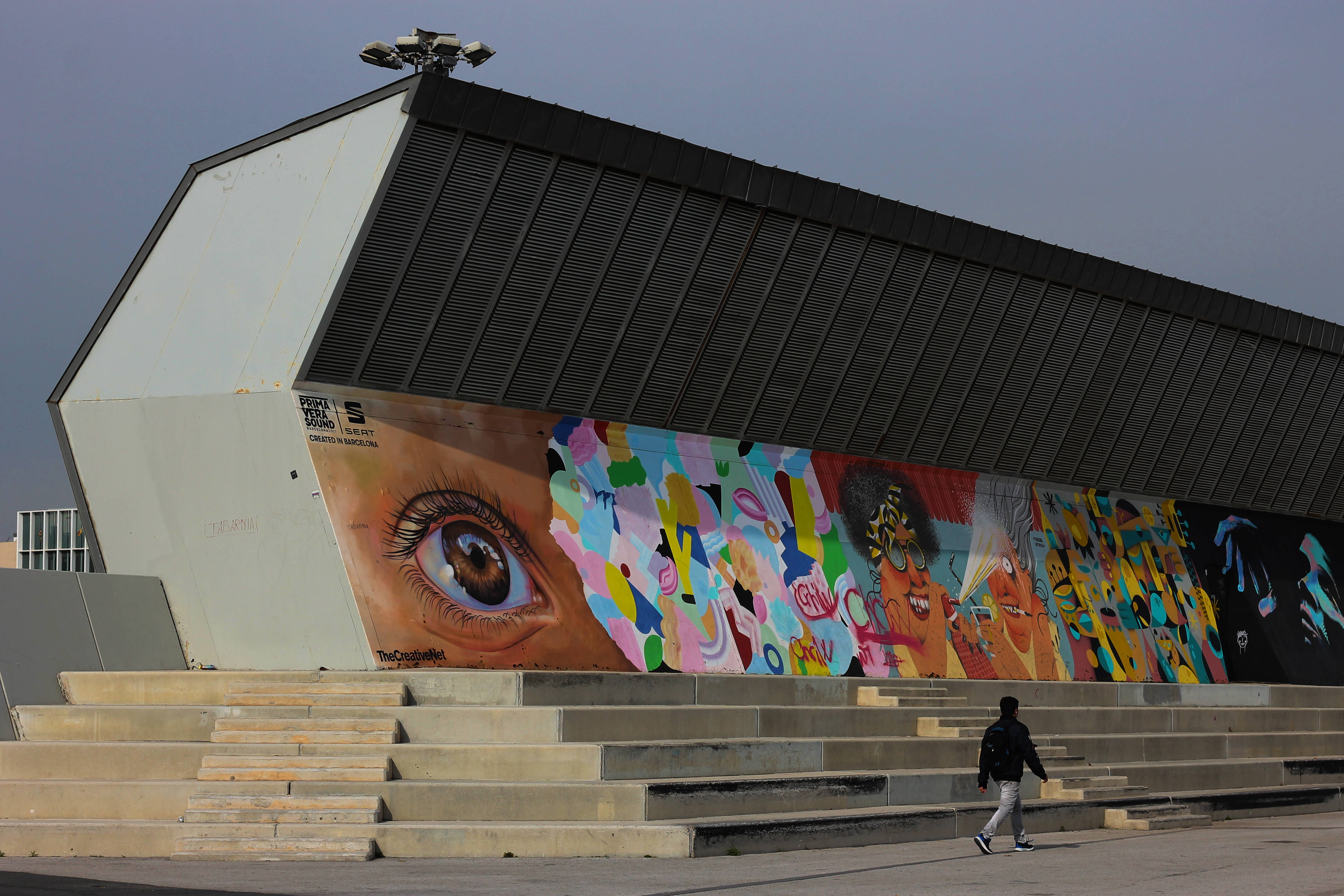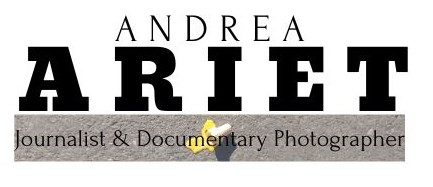On the northern edge of the city of Barcelona, at the crossroads between Diagonal Avenue, Taulat Street and Prim tree-lined street, the Forum Park (Parc del Fòrum in Catalan) appears in front and next to the sea. The park is located between the city of Barcelona and Sant Adrià del Besòs, in the Sant Martí district and was created in 2004 by Elías Torres and José Antonio Martínez Lapeña.
That year the Forum held the Universal Forum of Cultures and shaped the entire neighbourhood of Besòs into a new urban space. The Diagonal Mar district was built and equipped to their citizens with astonishing places for leisure and incredible sites for companies to make their spots or host their business meetings.
The most recognisable building is called the “Forum building“, designed by Jacques Herzog and Pierre de Meuron and works as the current place for the National museum of Natural Sciences of Catalonia. It has a low triangular floor, with several courtyards which generate diaphanous spaces; the blue facade features this big structure and the reason of its name “Blue Museum“. Next to it was built the Convention Center of Barcelona (2000-2004), by Josep Lluís Mateo; a large irregular metal structure features the outside.
The Forum Park has several spaces, each one with its own charm and some background kept. An auditorium, a bathing area, some children’s areas, a multi-use terrace, gymnastic equipments and a very distinguished scenario: the photovoltaic panel of the Forum. Before 2004 non of them were then. So, what was there before?
“El Campo de la Bota” was formerly known as the current place of the Forum park; a large area of houses with a historical relevance during the dictatorship of Francisco Franco. Josep Maria Monferrer, historian of La Mina and Camp de la Bota explains that more than 1700 executions by firing squad were taking place there. Moreover, exactly where there is the Blue Museum, there was the military castle of Cuatro Torres (four towers), used to repress labor movements.
Several decades later, in an article published by La Vanguardia in 2014 and commemorating the 10th anniversary of the park, it was widely explained the used of “The Universal Forum of Cultures” in order to restructure an area than had been abandoned after the reconversion of the coastline that drove the 1992 Olympic Games in Barcelona.
As Jaume V. Aroca explains, before the magnificent opening on 8th May 2004, “in this place there was something like nothing”. An “urban wasteland“, was described by Aroca. For some years one could only see there a sewage treatment plant, an incinerator, a thermal power plant and the remains of the metropolitan industrial period from the eighties.
The irony is that the sewage treatment plant, the incinerator and the thermal power plants are still there, together with 1.985 million euros for other stuff. That’s what cost to built the Forum.
Now, 14 years later, the “Fòrum” can be seen as a place for leisure, Sundays’ activities, sport events and music festivals. It’s also an artistic environment, featured by skaters, companies and whoever wants to take a nice portrait of him/herself.
These pictures may help future visitors or simply they could contribute to usual citizens to rediscover it.
















Hacer el indio…
LikeLike